KLIMOVSKY’S VAMPIRES TRILOGY – A SOCIO-HISTORICAL APPROACH
By Erika Tiburcio (*)
Leon Klimovsky directed the three following films: THE DRACULA SAGA(1972), THE VAMPIRES’ NIGHT ORGY(1973) and THE STRANGE LOVE OF THE VAMPIRES(1975). The three of them focus their attention on the figure of the vampire as a monster, but the depiction is very specific and slightly different to the general idea of this figure. Indeed, the three of them connect the sophistication of this figure to the aristocrat class and, as we can observe in THE VAMPIRES’ NIGHT ORGY, when a vampire belongs to the lower class, this figure is more similar to a ghoul, that is to say, a zombie-like person who eats human flesh and acts like a slave of the main vampire. In this case, the main vampire is the mistress, who everybody refers to as the ruler. Finally, it is discovered that this sophisticated woman belongs to the noble class like the rest of the vampires. This aspect reflects the huge gulf between the upper class and the lower class in terms of education and wealthy in Spain during long time. Normally, a well-educated, classy, smart person was thought as a nobleman and peasants were thought as rude, ill-bred and foul-mouthed. It is important to take into account that, traditionally, Spain wasa rural country where the social divide was very noticeable. This is the reason why these films, with this type of characters, could work better and be easily understood by the Spanish audience.
Before this sophistication, related to vice, the popular knowledge is depicted as a very important source in order to know what is happening and to locate the whereabouts of evil. Despite the warnings, none of the main characters decide to follow the instructions and listen to this popular wisdom. For that reason, the dreadful consequences are never avoided. Therefore, this popular wisdom, based on superstitions and legends is opposed to the logic and rational world, embodied by doctors, like in real world. Some of the ideas which are expressed in these films, such as the forest as a dangerous place, are connected to the general mentality of the peasantry in Spain. Additionally, the setting is very relevant because this kind of superstitions were given only in rural areas and not in urban areas. Consequently, these movies play with the idea that the superstition could be real and all the modern assumption about the superstition as only a tale could be mistaken.
Finally, many taboo subjects were dealt in these movies. One of them is told in THE DRACULA SAGA, which main idea is family as the main place of vice, which patriarch is responsible of hideous acts. As a matter of fact, Valerio, an animal-like person, is the irrefutable proof of this deviation. Another theme, shown in THE STRANGE LOVE OF VAMPIRE, is about the premarital sex, which metaphor for the sexual intercourse is blood. As the Spanish government was ruled by a dictator, fantasy was the only way to deal with these taboo subjects. Furthermore, it is generally accepted that fantasy let us speak about certain controversial themes and avoid the censure. Thus, the Spanish dictatorship was based on Traditionalism, Catholicism and the morality was really important and Spanish films could not contradict this discourse. For that reason, the three of them are set in a past time in faraway places. In fact, the gothic places such as castles reinforce that idea of distance these films needed to be made.
______________________________________________________________________________________
 Erika Tiburcio (nancykrueger) lives in Madrid and works as a teacher. Currently she is doing her PhD thesis about the serial killer in American horror movies from Psycho to Henry: Portrait of a Serial Killer. She loves horror movies, comic books, video games, etc. She has contributed to some Spanish websites and magazines like Phenomena Experience magazine and La Mansión del Terror and has written some articles for different international magazines like Serial Killer Calendar.
Erika Tiburcio (nancykrueger) lives in Madrid and works as a teacher. Currently she is doing her PhD thesis about the serial killer in American horror movies from Psycho to Henry: Portrait of a Serial Killer. She loves horror movies, comic books, video games, etc. She has contributed to some Spanish websites and magazines like Phenomena Experience magazine and La Mansión del Terror and has written some articles for different international magazines like Serial Killer Calendar.

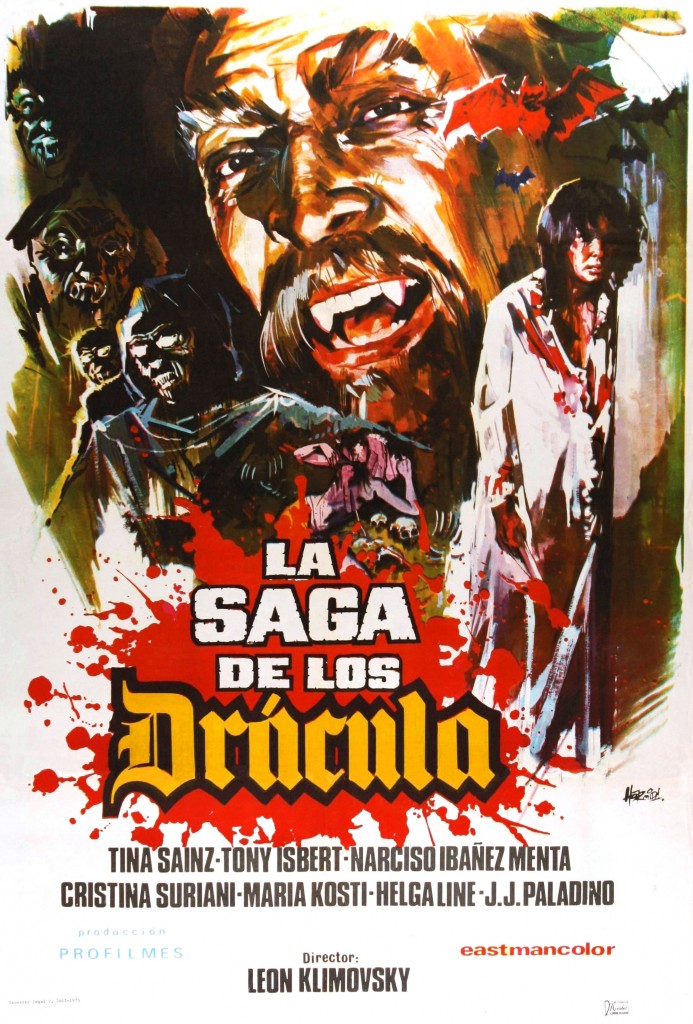
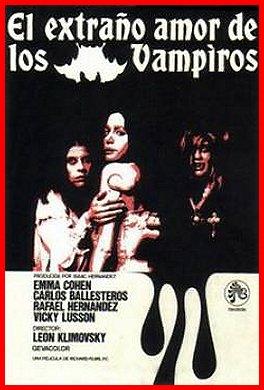
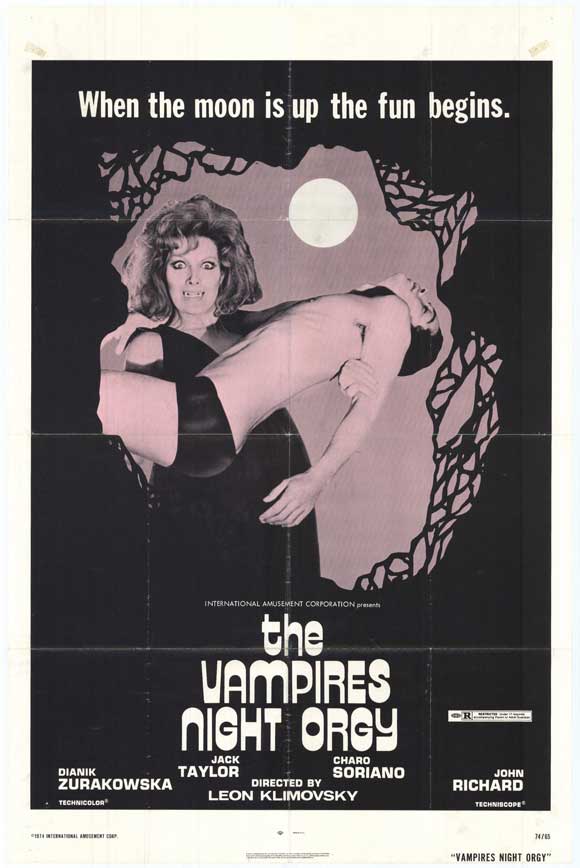
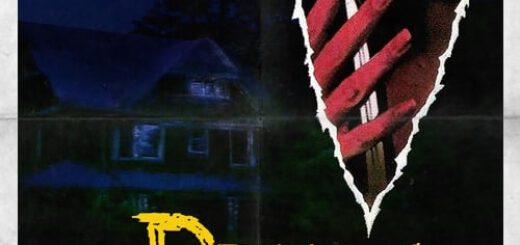

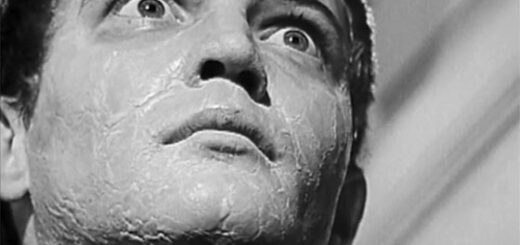
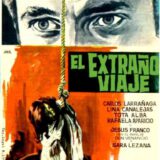
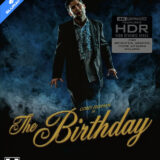



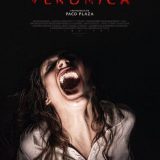

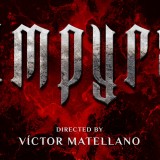
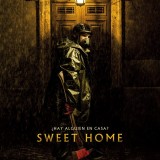
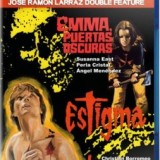
3 Responses
[…] KLIMOVSKY’S VAMPIRES TRILOGY – A SOCIO-HISTORICAL APPROACH […]
[…] 2. EL EXTRAÑO AMOR DE LOS VAMPIROS (LEÓN KLIMOVSKI 1975) […]
[…] [6] En “Klimovsky’s Vampires Trilogy. A Socio-Historical Approach” (http://spanishfear.com/klimovskys-vampires-trilogy-a-socio-historical-approach/) [7] Op. cit. Nota cita 4. [8] En honor a la verdad, cabe referir que el germen del proyecto es […]